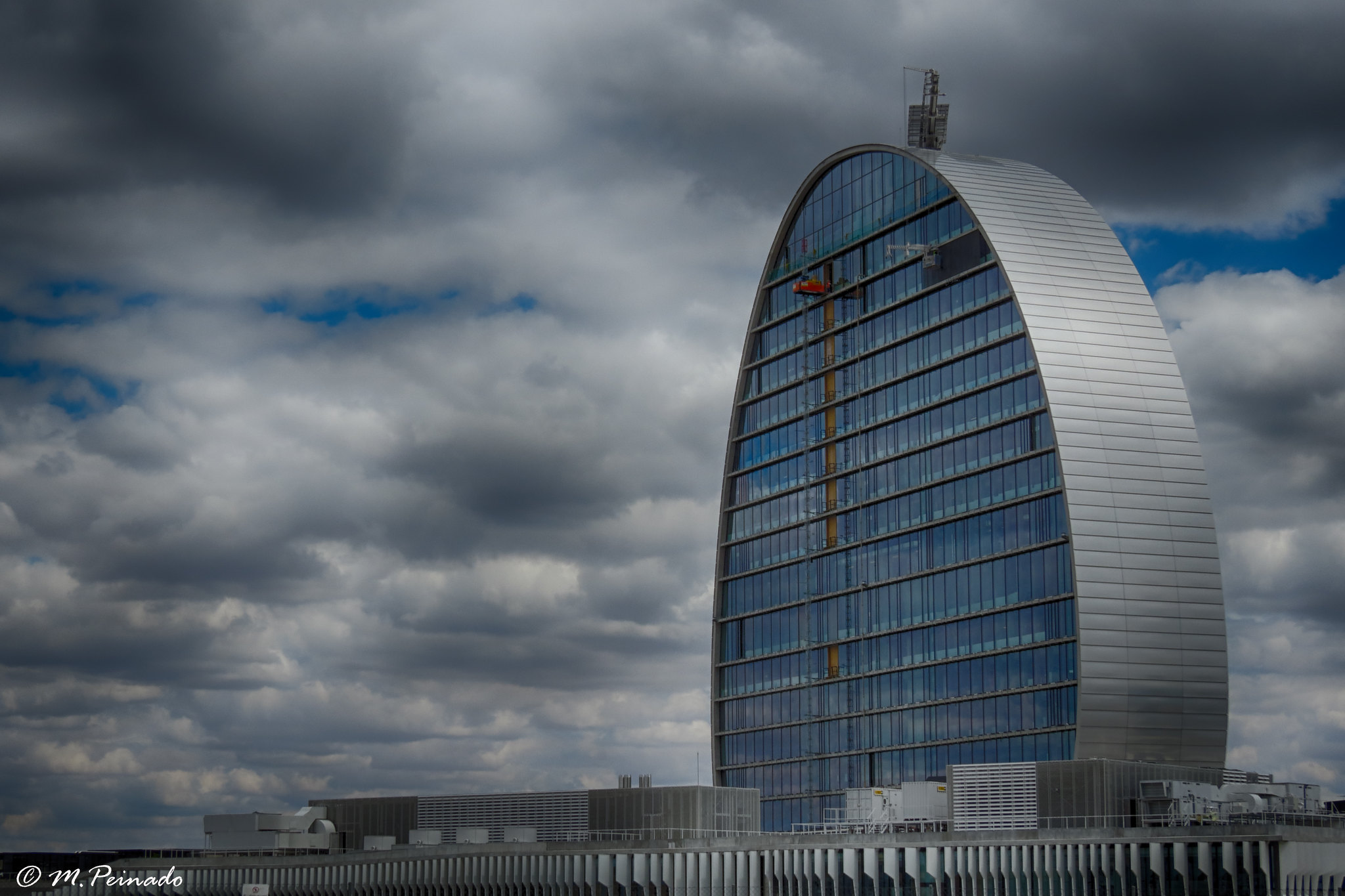15 People You Oughta Know In The Best Things To Do In Madrid Industry
For the large bulk of students, the sightseeing in Madrid begins with its central part. We can find in the central part a a great deal of intriguing locations and buildings, like the Royal Palace or the terrific Plaza de Espana (located west of town), the Paseo de Castellana (to the north), the Atocha Station and the Rastro flea market. Lots of football fans likewise visit the Estagio Santiago Bernabeu, located on the Paseo de Castellana.
The official center of Madrid and Spain is the Puerta del Sol. The Puerta del Sol is sort of the regional Times Square, and it is the top place from where Madrilenos step highway ranges.
A couple of blocks southwest we find the Plaza Mayor (following the arches that lead to Calle Mayor). The Plaza Mayor is an outstanding pedestrian stone paved square, featuring covered passages on every side. The plaza project was started in 1590 and finished in 1619. It was then later rebuilt (1790) after a severe fire. (Fires were quite common during Inquisition times).
If you head west following the Calle Mayor, you will find the Plaza de la Vacation home. Inside the Plaza de la Rental property is an old City Hall (Casa de la Villa) built in 1630. These buildings can be checked out Mondays at around 5 PM.
Walk farther west and you will find the Almudena Cathedral, a remarkable building that was very first introduced in 1879 and finished much later, in 1993. In the exact same location you will see the Royal Palace, constructed around 1750, after the Moorish alcazar was burned to the ground.
Directed trips

A complete traveler program is provided by the Madrid Traveler Board. Walking trips remain in English, Spanish and even other languages. You will discover affordable costs, from just a couple of euros for a quality trip of about an hour and a half.
Private tours are organized by the Wellington Society, perfect for little groups and households. Be careful, though, these costs are substantially higher than other tours.

Sightseeing buses are used and run by Madrid Vision. The program features 2 routes: the first one set around the old center, and the other around the Real Madrid soccer club, along with some other parts of the new Madrid.
Madrid is the largest city of Spain also is the capital, in addition to the capital of the autonomous neighborhood of the exact same name (Comunidad de Madrid). In 2005, the population of the city was around 3,230,000 and the population of the metro area was around 5,844,000. Madrid is best known for its remarkable cultural and the artistic heritage, a great example of that is the El Prado museum. Madrid likewise hosts a few of the liveliest nightlife in the world. The capital of Spain, which is located in the heart of the peninsula and likewise right in the center of the Castillian plain about 645 meters above sea level, has a population of over 3,000,000. An organisation center, a cosmopolitan city, the head office for the general public administration, Spanish parliament, federal government, and the home of the Spanish Royal Family, Madrid likewise plays a major role in both the individual sectors and banking. The majority of its market can be discovered in the southern part of the city, where extremely essential food, textile, and metal working factories are clustered. Madrid is characterized by intense creative and cultural activity and a very lively night life. Below are a couple of things to do and see while visiting Madrid, Spain.
Museo del Prado
The Museo del Prado is an art gallery and museum, which is located in Madrid, the capital of Spain. It has one of the world's finest European art collections, from the 12th century to the early 19th century, based on the previous Spanish Royal Collection. Established as a museum of sculpture and paintings, it also includes important collections of more than 1,000 coins and medals, 5,000 drawings, 2,000 prints and about 2,000 ornamental works of art and items. Sculpture is represented by more than 700 works and by a lower variety of sculptural fragments.

The Botin Dining establishment
According to the Guinness Book of World Records, this is the world's earliest restaurant dating from 1725. The Botín Restaurant is has actually also been pointed out in the book of Fortunata y Jacinta by Benito Pérez Galdós (published back in 1886-1887) and the painter Goya was stated to have actually worked there before he ended up being a painter. Hemingway was a very regular customer and stated it was among his favorite restaurants.
The Botin Dining establishment can be traced back from 1725, when the real ground flooring of what was previously a little inn, back in the 16th century, was reformed and about that same time a cast iron, log fired oven was installed. Castillian dining establishments typically have these types visit madrid of ovens, where all kinds of roast (like fowl, meat) are the pillar of the Castillian cuisine. The restaurant has 4 primary floorings and is likewise found on Cuchilleros street, which is a brief walk from Plaza Mayor.